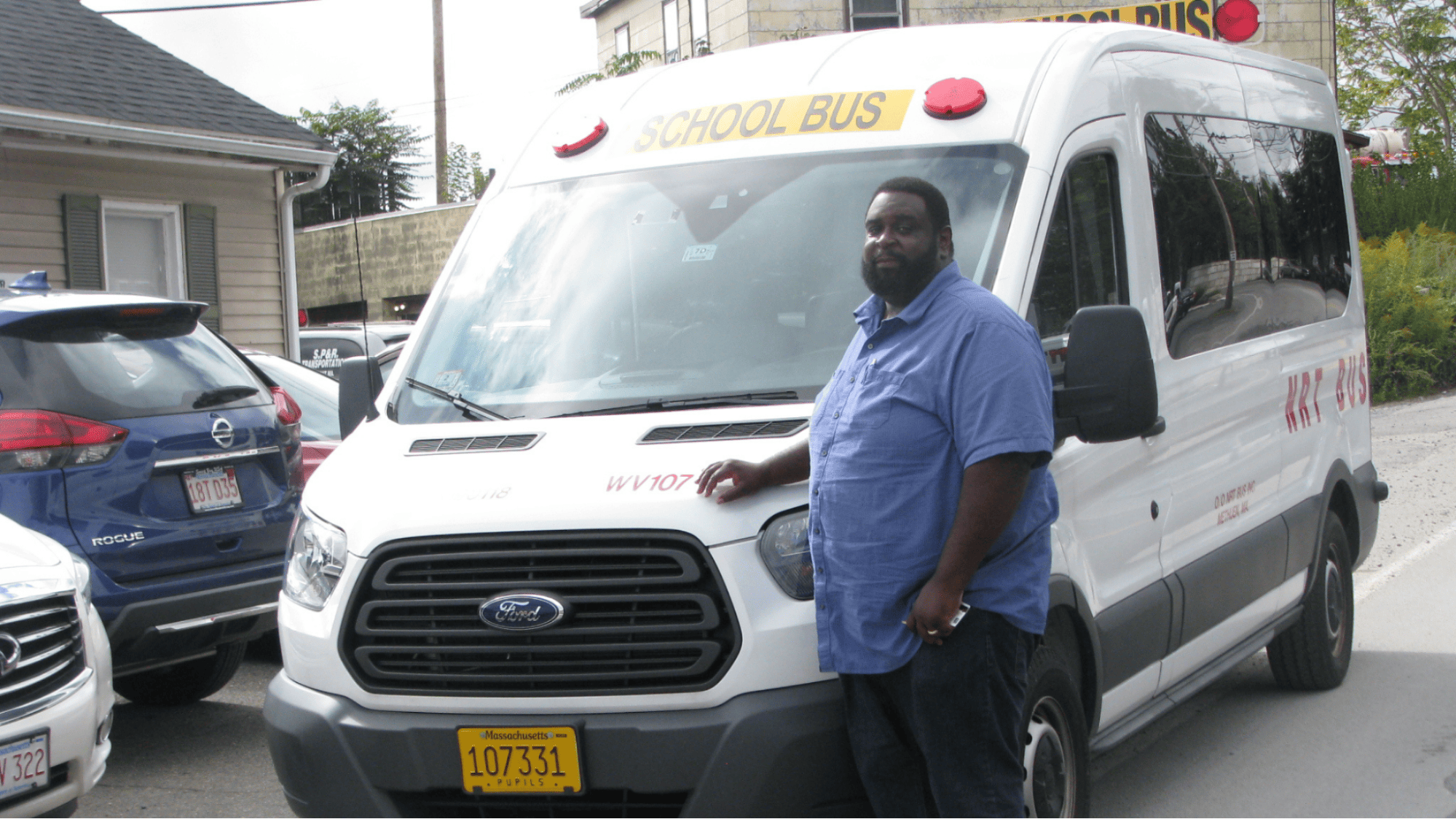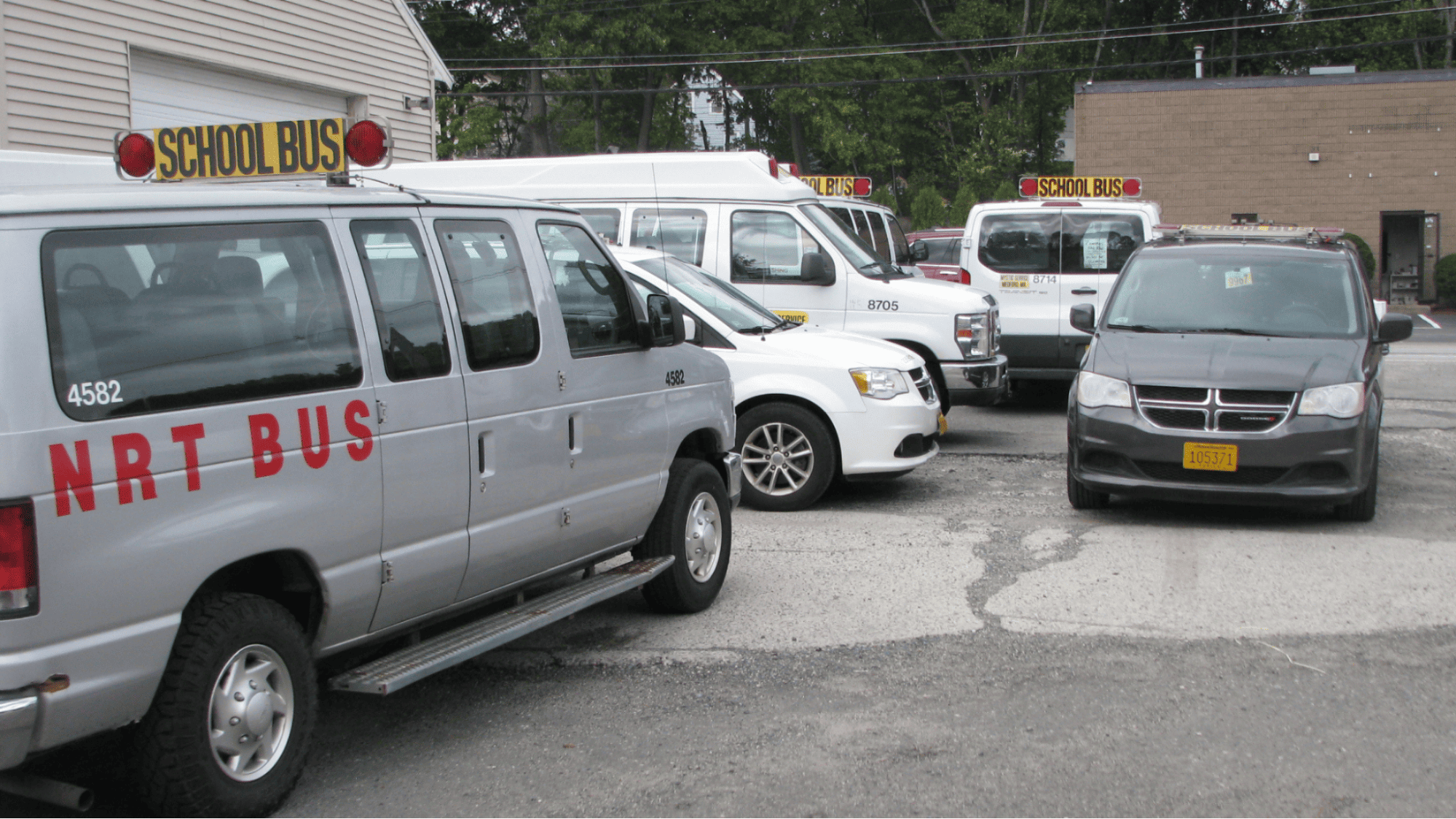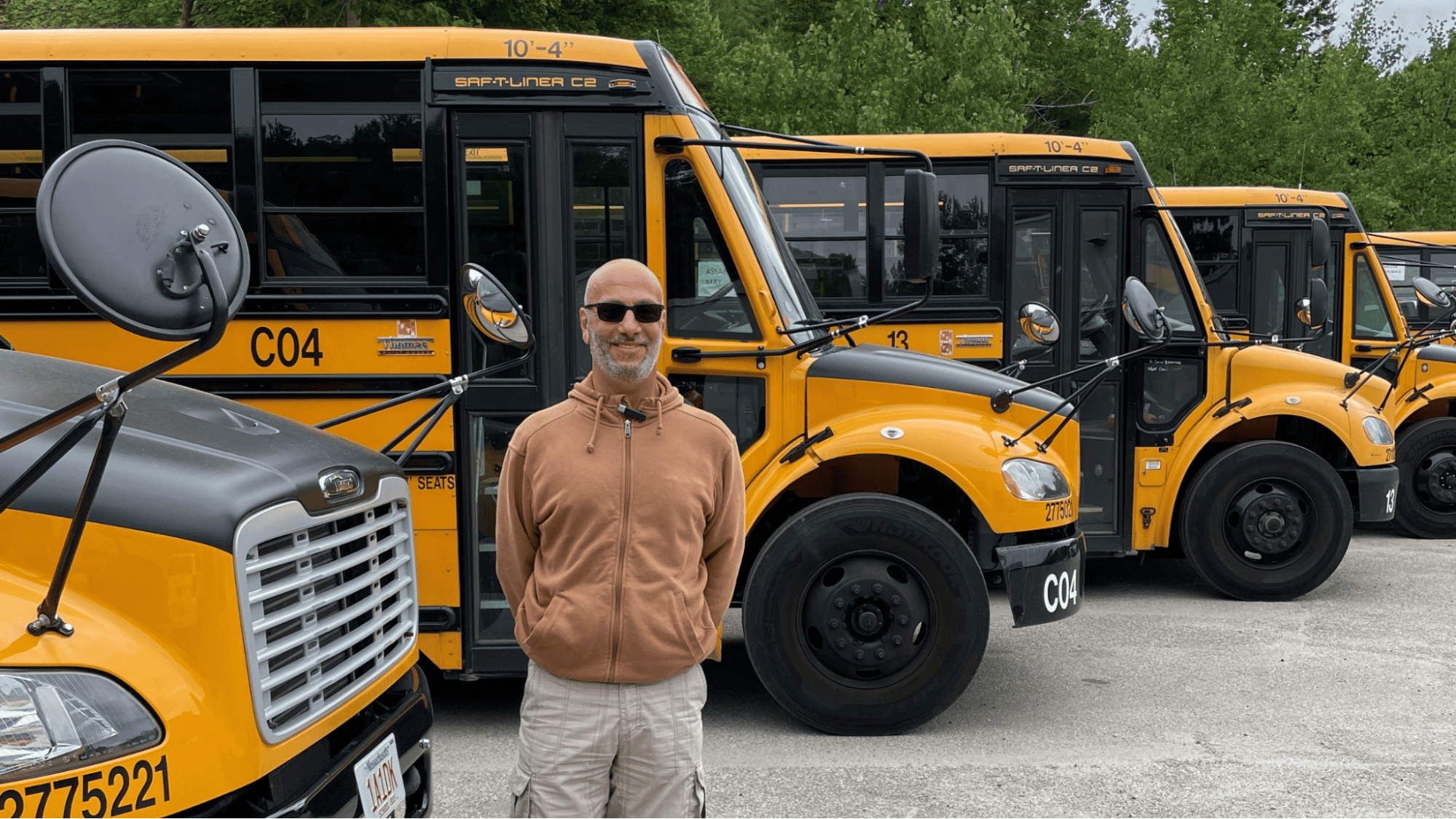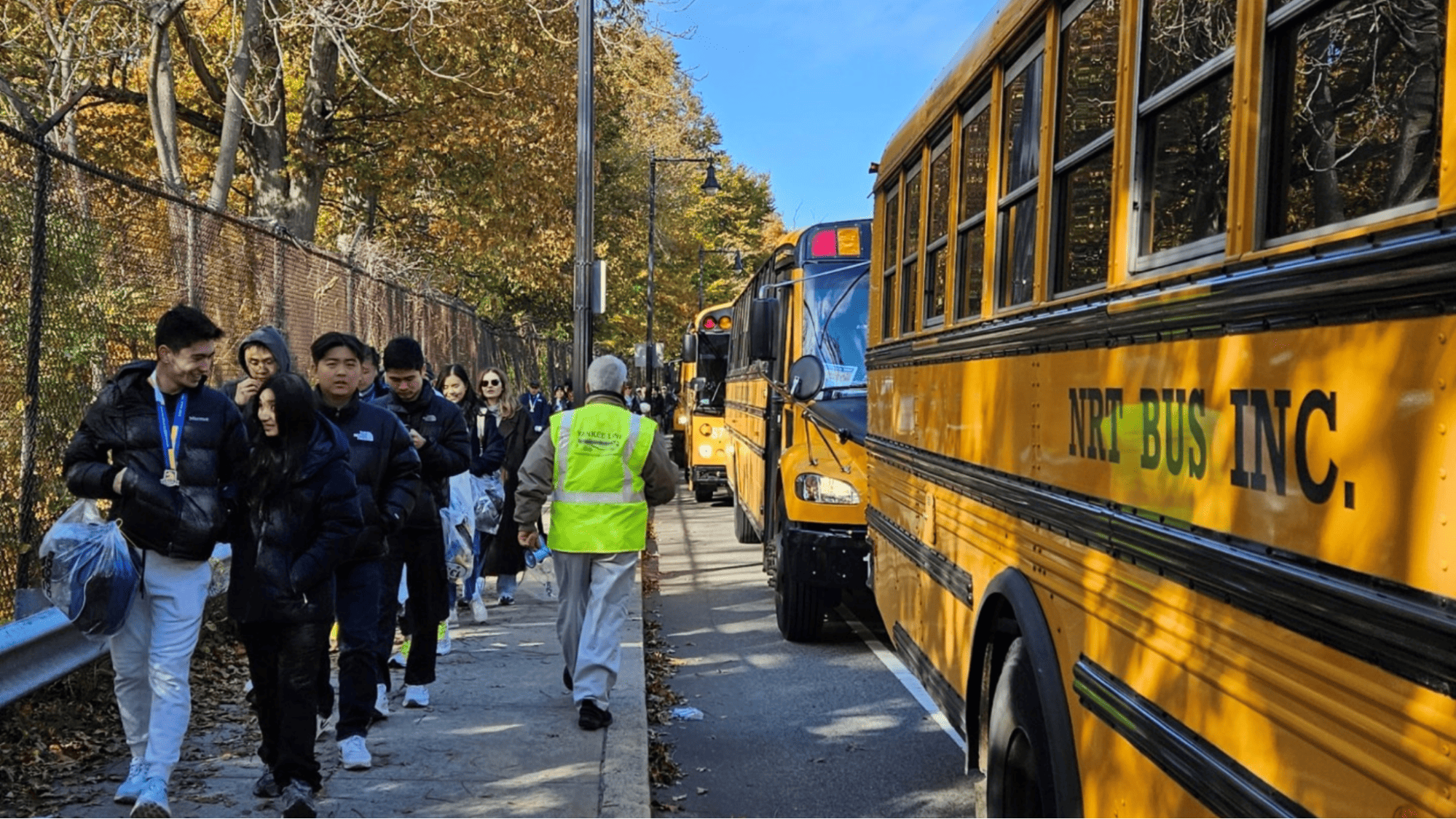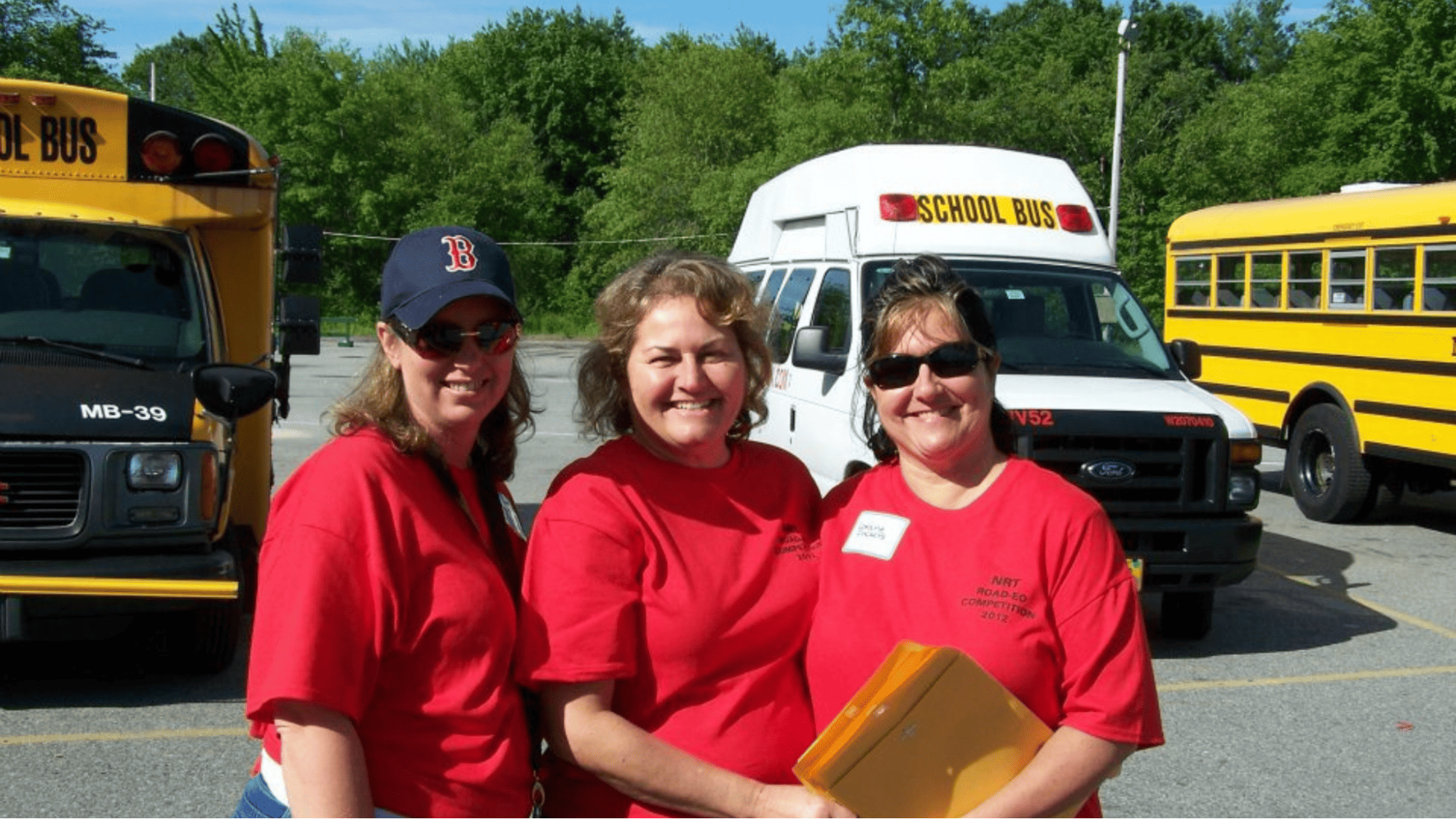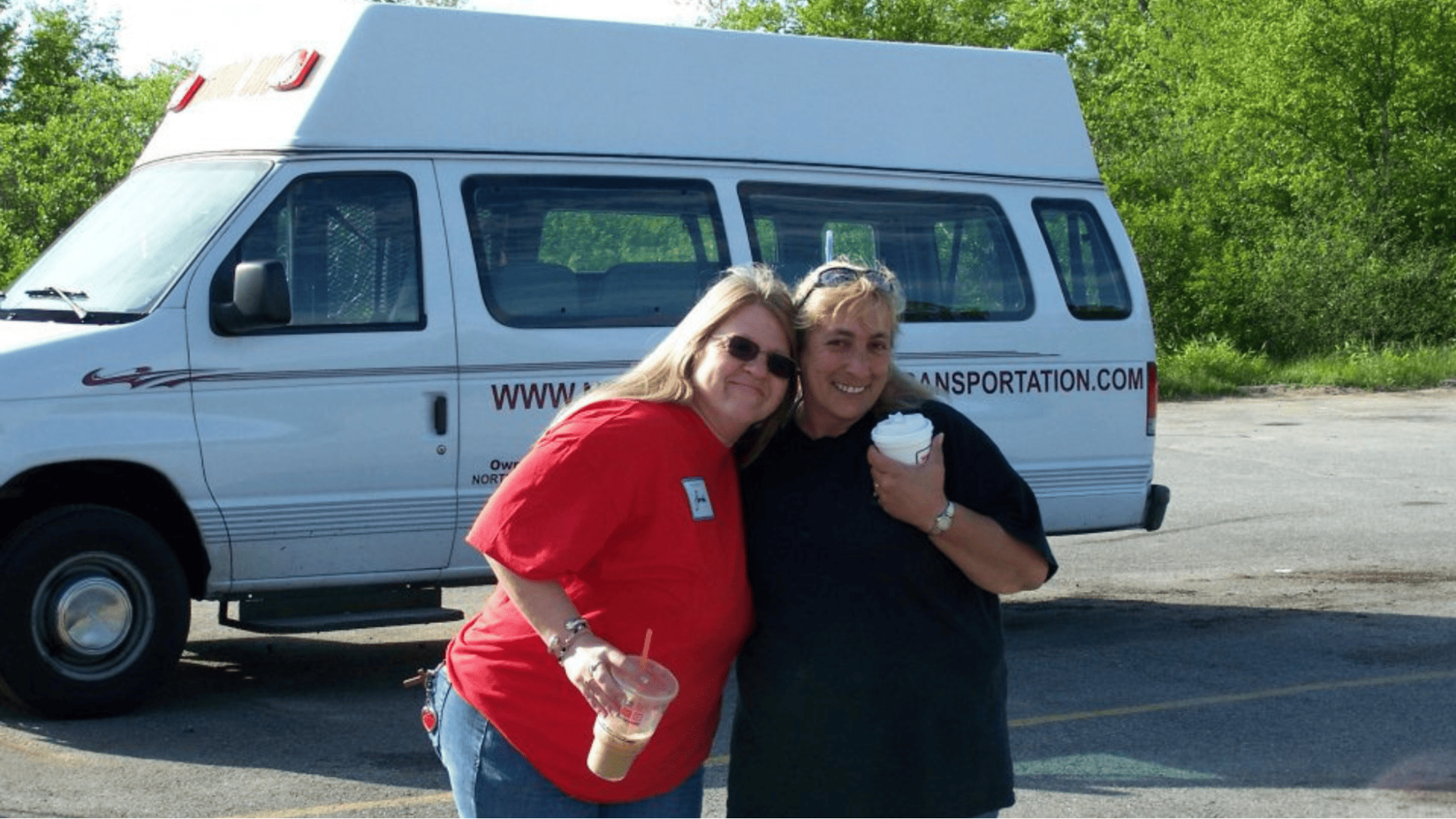Each school day, more than 25 million students ride to class aboard yellow school buses, with over 500,000 vehicles transporting children across the U.S. In Massachusetts alone, school districts manage tens of thousands of student pickups, often through complex routes involving urban, suburban, and rural roadways.
At NRT, we understand that transportation is more than just logistics—it’s about protecting student wellbeing while maintaining efficiency, compliance, and peace of mind. As we head into the 2025 school year, here’s what smart Massachusetts administrators are doing differently to build safer, more effective back-to-school transportation systems.
Building a Safer Transportation Plan
A successful school year starts with a comprehensive transportation strategy. Smart administrators take time during the summer to assess current routes, identify safety gaps, and refine procedures before the first student boards a bus.
Reviewing State and Local Policies
Massachusetts school districts must navigate a mix of Department of Elementary and Secondary Education (DESE) regulations, district-specific policies, and municipal traffic guidelines. Smart administrators conduct full policy reviews in collaboration with transportation providers like NRT to:
- Ensure compliance with state ridership eligibility and walk-distance rules
- Evaluate transportation for students with disabilities per IEP requirements
- Reassess routes based on changing school boundaries or new housing developments
Identifying High-Risk Routes
Through years of service across the state, NRT has helped districts identify and avoid hazardous zones, including:
- Railroad crossings and high-speed intersections
- Narrow or poorly maintained rural roads
- Areas with high pedestrian volume or poor visibility
Smart administrators work closely with NRT route planners, local traffic authorities, and bus drivers to develop and adjust routes with safety as the primary consideration.
Leveraging Local Collaboration
Massachusetts school systems benefit from strong partnerships with local law enforcement and municipal transportation departments. These stakeholders offer data on crash rates, traffic volume, and seasonal risks like snow-related closures.
NRT regularly engages with city and town departments to access real-time updates and support proactive planning—ensuring school buses avoid bottlenecks and safety hazards whenever possible.
Implementing Smart Daily Safety Practices
A school bus is statistically the safest form of student transportation—but only when protocols are followed at every step.
Safe Bus Stops and Supervision
Administrators can reduce risk by establishing district-level guidelines around bus stop placement, supervision, and waiting behavior. The NRT safety team advises Massachusetts districts to:
- Avoid placing stops at intersections or hills
- Ensure students wait at least 10 feet from the curb
- Encourage parent supervision for younger riders
Using NRT’s digital tracking tools, districts can keep families informed about route times and stop locations with real-time updates.
Boarding, Riding, and Exiting Protocols
Massachusetts student safety laws require consistent training and communication on how to board and exit buses. NRT drivers conduct onboard walkthroughs and partner with schools for in-service demonstrations that reinforce key behaviors:
- Wait for the driver’s signal before boarding or crossing
- Keep aisles clear and voices at respectful levels
- Exit swiftly and never walk behind the bus
Emergency Preparedness
Smart districts schedule evacuation drills for various scenarios: roadside emergencies, fires, and severe weather. NRT provides certified trainers and helps schools document compliance for state reporting. Our drivers are trained in all emergency protocols and work alongside school personnel to ensure drills are thorough and age-appropriate.
Special Transportation Considerations
Smart administrators know that effective transportation planning extends beyond routine routes.
Planning for Field Trips
Field trips are core to experiential learning, but they also introduce logistical challenges. NRT works with schools to:
- Pre-plan routes using local traffic data
- Prepare rosters, permissions, and medical forms
- Provide buses equipped with GPS and communication tools
We also supply standby coverage to minimize disruption in case of delays or breakdowns.
Supporting Students with Special Needs
Roughly 13% of Massachusetts students receive special education services. NRT partners with districts to ensure that every student receives transportation accommodations in line with their IEP. This includes:
- Wheelchair-accessible vehicles
- Aides or paraprofessionals on board
- Equipment vetted by occupational and physical therapists
All NRT special needs drivers undergo additional training and certification.
Meeting McKinney-Vento Requirements
Under federal law, Massachusetts schools must transport homeless students to their school of origin. NRT assists in coordinating these trips across district boundaries, ensuring continuity and compliance while working with school liaisons and LEAs to minimize disruption for vulnerable students.
Engaging Families and School Communities
The best transportation systems run on communication and collaboration.
Transparent Route Updates
Smart administrators use multiple channels to update parents:
- Automated messages via transportation apps
- School newsletters and websites
- Direct alerts during emergencies or weather disruptions
NRT supports all of these platforms and integrates with school tech systems to ensure seamless communication.
Parent Feedback and Appeal Processes
Leading districts establish transportation review committees that include school staff and parent reps. When disputes arise—such as bus stop placement or ride times—there’s a clear, documented process for appeals and feedback.
NRT works directly with transportation departments to log, respond to, and resolve parent concerns quickly.
Community Safety Education
Parents often underestimate the complexity of bus safety. Smart administrators include families in the safety conversation. NRT provides schools with parent-facing materials, tip sheets, and pedestrian safety guides to reinforce best practices at home.
Final Thoughts: Safer Systems Start with Smarter Planning
Massachusetts administrators who approach school transportation proactively are seeing the benefits: fewer incidents, smoother daily operations, and stronger community trust.
From reviewing policy to engaging families, and from managing field trips to supporting students with special needs, every detail matters. At NRT, we’re proud to partner with districts that prioritize safety, planning, and communication.

![Back-to-School Transportation Guide: What Smart Massachusetts Administrators Do Differently [2025]](https://nrtbus.com/wp-content/uploads/2025/07/Back-to-school-Transportation-01.png)
